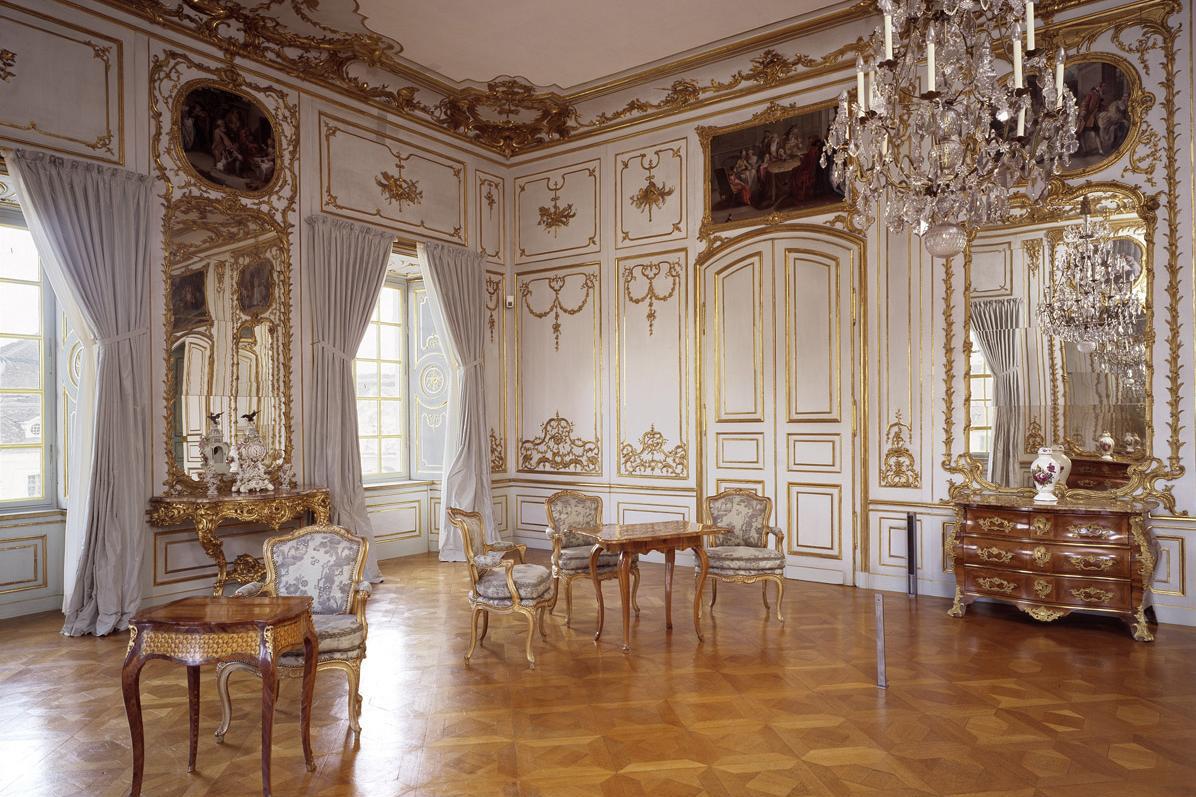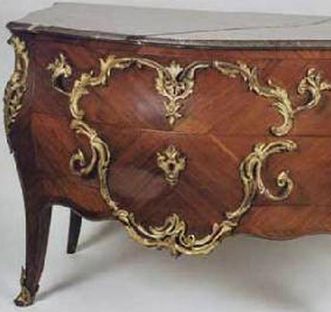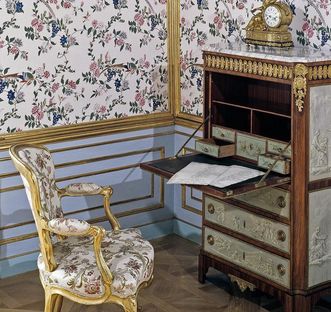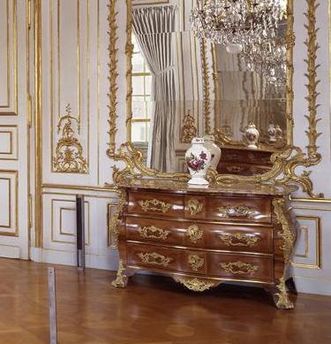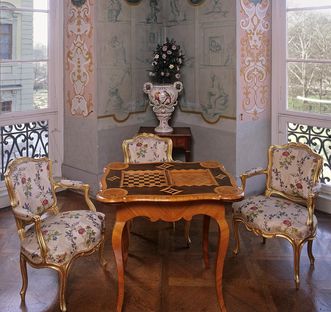Craftsmanship or art?
Furniture manufacturing advanced to an art form under King Louis XIV of France. The best masters of the furniture guilds worked for the Sun King, who placed the work of cabinet makers on par with that of other artists. Beginning in the mid-18th century, Parisian cabinet makers branded their pieces with a personal stamp mark. This was to prevent the sale of inferior furniture. Today, these marks help researchers determine the origin of individual pieces.



